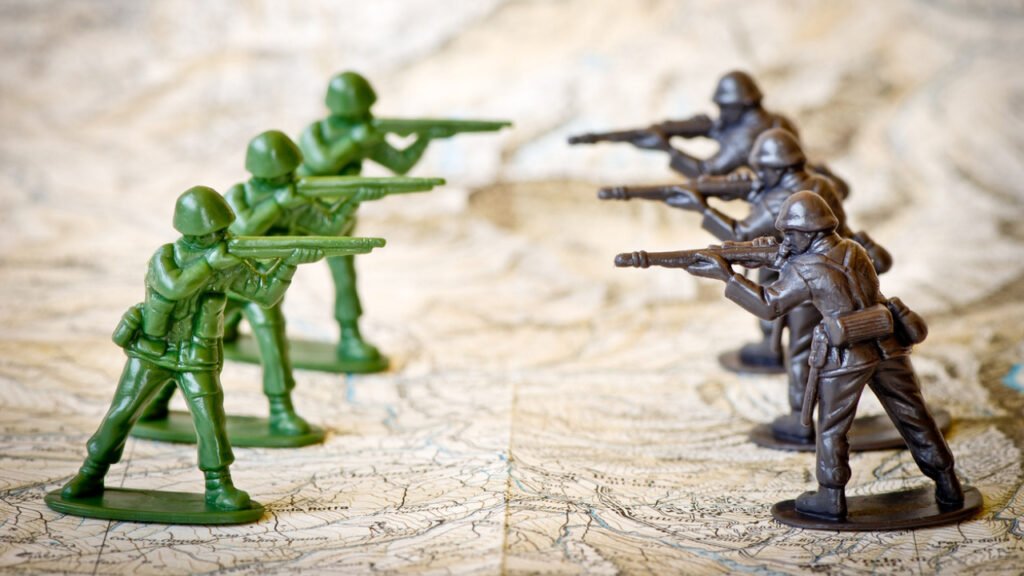Why in news?
The Ministry of Home Affairs (MHA) has informed the Lok Sabha that 11 States and 01 Union Territory have boundary disputes between them and “occasional protests and incidents of violence are reported from some of the disputed border areas”.
What is it?
After partition, the present day India was formed by joining over 550 Princely states and British Territories. Over the time, Indian states were reorganised on the linguistic and other basis based on the recommendation of various commissions. Today, there are total 28 states and 08 Union Territories in India.
According to Government of India information, there are several states disputes come to light about demarcation of boundaries and claims and counter-claims over territories between Haryana-Himachal Pradesh, Union Territory of Ladakh-Himachal Pradesh, Maharashtra-Karnataka, Assam-Arunachal Pradesh, Assam-Nagaland, Assam-Meghalaya and Assam-Mizoram etc.
Major boundary disputes-
- Himachal Pradesh-Ladakh: Himachal and Ladakh hold claim to Sarchu, this area lies on the route between Himachal’s Lahul-Spiti district and Leh district in Ladakh. Sarchu is situated 13 km inside Himachal Pradesh and it is the last station of Lahaul-Spiti district on the Manali-Leh highway which attracts a large number of tourists/ travellers while travelling between the two cities.
- Haryana-Himachal Pradesh: There is an inter-state boundary dispute between Himachal Pradesh and Haryana over Parwanoo region. The region is near to the Panchkula district of Haryana. Haryana claims that the area of the land bordering Himachal in Parwanoo belongs to them.
- Assam-Mizoram: The present-day border dispute between Assam and Mizoram dates back to two British-era notifications of 1875 (differentiate Lushai Hills from the plains of Cachar) and 1933 (demarcates a boundary between Lushai Hills and Manipur) when Mizoram was known as Lushai Hills, a district of Assam. Mizoram was carved out of Assam and established as a Union Territory in 1972 and made full-fledged state in 1987. The border between these two states is an imaginary line that changes with the natural barriers of rivers, hills, valleys and forests. People of these two states have ascribed the border conflicts to the differences over this not-so-clear boundary.
- Karnataka-Maharashtra: Karnataka and Maharashtra have dispute over Belgaum district of Karnataka as Maharashtra is claiming Marathi-speaking regions which have more than 800 villages of Belgaum, Karwar and Nippani. The region has a large Marathi and Kannada speaking populations. Initially the area was under the Bombay presidency and in 1956 during reorganisation of states it came under Karnataka.
Reasons of inter-satate border dispute-
- British colonial policy: Britishers create the boundaries for administrative convenience or commercial interest that leads to present day claims between the states.
- Political angle: These inter- state border dispute areas become vote bank pockets.
- Economic competition between the states for resources, land etc.
- Union government intervention: The central government can act only as a facilitator for peaceful settlement of the dispute by mutual understanding between the concerned State Government.
- Commissions on border dispute: many commissions were set up for the recommendations to resolve the interstate border dispute but states rejected the reports of these commissions. For example: Nagaland rejected Sundaram Commission report, Meghalaya rejected Y.V Chandrachud committee report.
Way forward-
Use of technology: Satellite mapping can be used to locate the actual border locations and to settle the boundary disputes between the states.
Inter-state council: Article 263(a) of the Constitution provides provisions with respect to an Inter State Council to inquire into and advice upon disputes which may have arisen between States.
Survey of India should be entrusted to work with state committees for land surveys with participation of local communities
